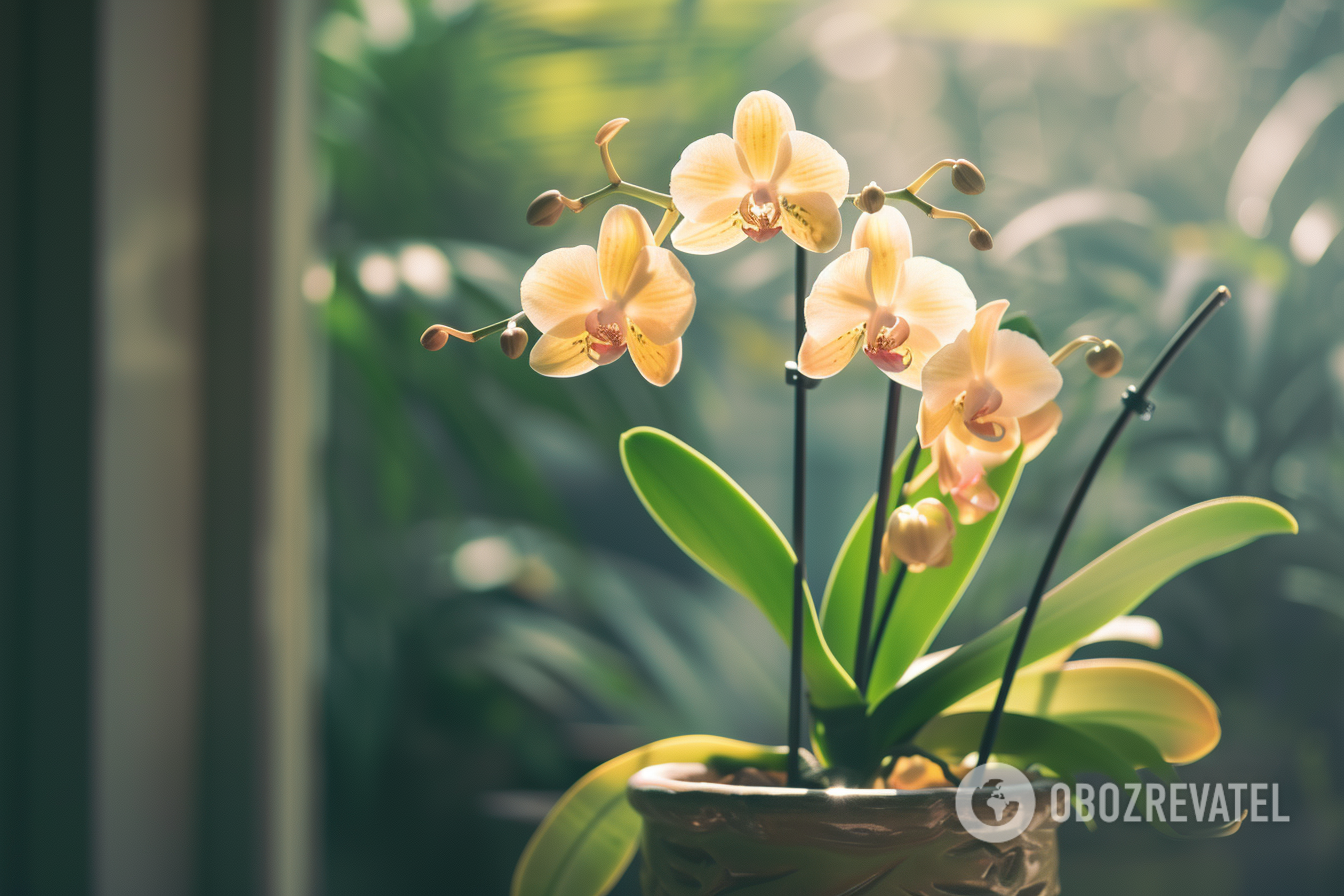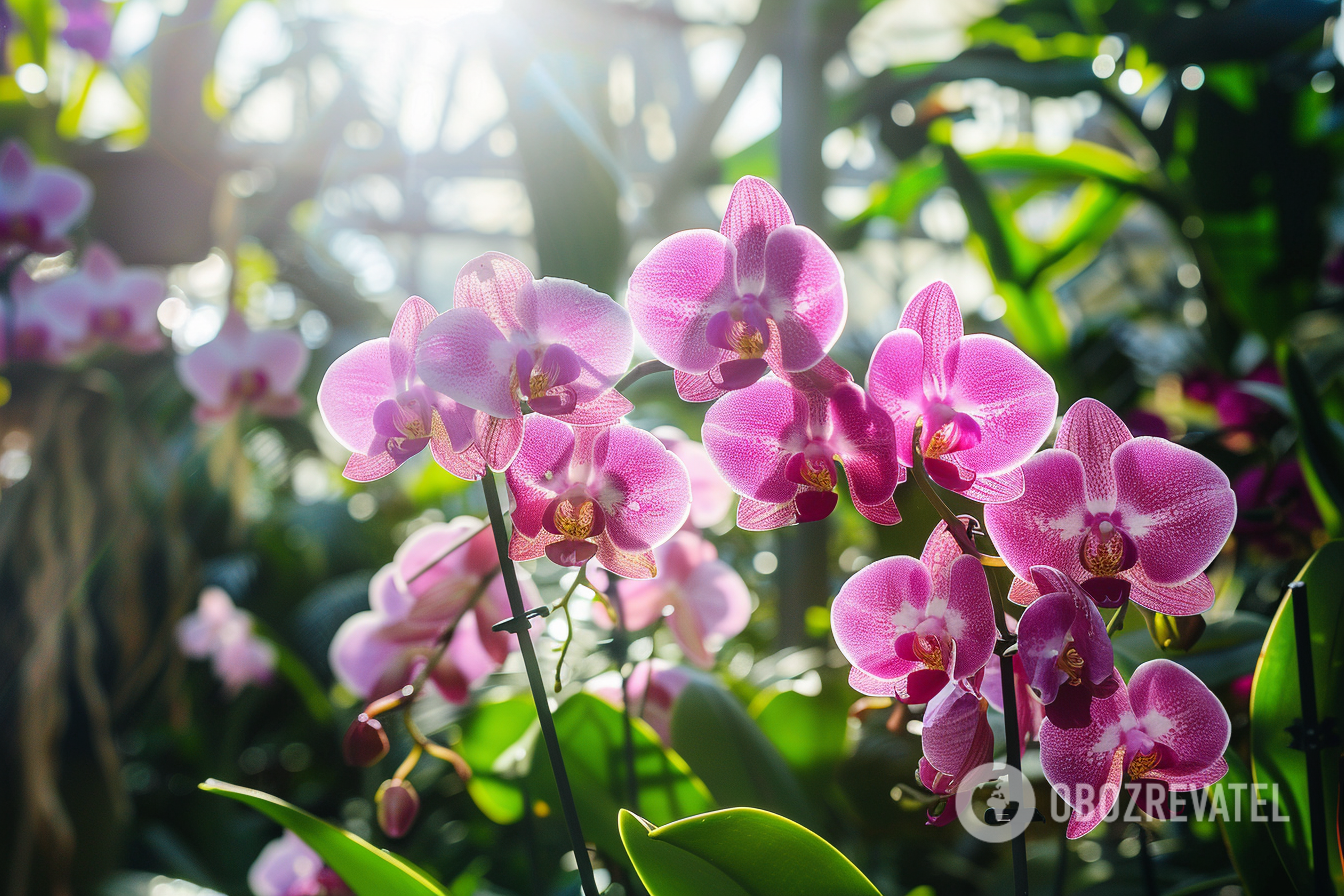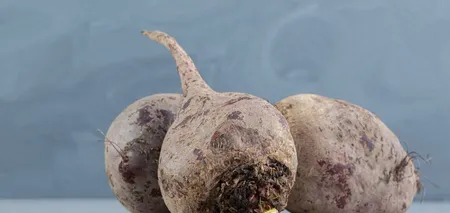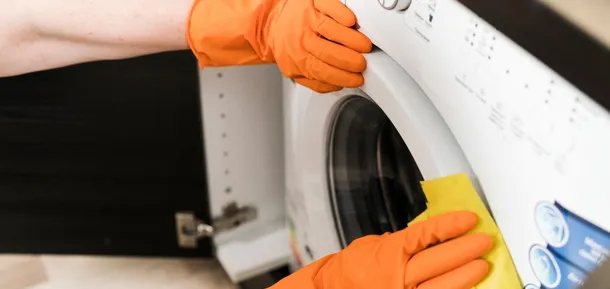News
When to repot an orchid: the best time is named
Orchids are a favorite houseplant for many of us. It blooms luxuriously even though it lives on a very poor substrate.
However, even this substrate needs to be changed from time to time. But how do you know when it's time to repot an orchid to benefit it and not harm it by moving it at the wrong time? Interia Kobieta learned about the advice of professionals.
The substrate in which orchids live consists of nutrient-poor substances such as shredded bark or moss. Their main task is not to nourish the flower but to provide it with constant air access to the root system. However, over time, such soil, like any other, becomes somewhat compacted, which makes the orchid's root respiration difficult. In addition, due to the constant use of fertilizers, even in reduced concentrations, the substrate gradually accumulates nutrients and becomes too saturated for the flower.
When is it time to repot an orchid
How do you know if the soil in an orchid pot no longer meets the plant's needs? Pay attention to whether algae or moss has appeared on its walls – this indicates an excess of salts in its contents. Another important signal of the need for transplantation is too lush roots. If you find one of these problems, it's time to transfer the flower to a fresh substrate. To prevent such troubles, it should be repotted every 2-3 years.
Like other indoor plants, it is better to repot an orchid in the spring. This will help its root system recover faster. However, do not rush to move a plant that is in the flowering stage – this can be fatal for it. If you still need to transplant the orchid immediately, then cut off the flower-bearing shoot before the procedure so that the plant can focus primarily on root recovery.
Step-by-step instructions for repotting an orchid
Start by carefully removing the plant from the existing substrate and pushing the roots away from the walls of the pot. If the flower does not come out, it is better to cut the pot. Cutting healthy roots is highly undesirable. After you take out the plant, clean its roots from the remaining substrate.
The next step is to check the condition of the roots. Old, rotten, and damaged ones should be removed by cutting them off with disinfected sharp secateurs.
Take care of a high-quality replacement substrate in advance. Purchase special orchid soil and never rely on universal potting mixes. The ideal substrate should consist of a mixture of peat, expanded clay, and bark. These ingredients are very permeable to water and prevent it from stagnating at the roots of the plant.
It is better to choose a plastic and transparent flower pot so that you can easily monitor the condition of the roots. In addition, this way the orchid's root system will receive the sunlight it needs.
When everything is ready, place the orchid in fresh substrate. Place a layer of the mixture on the bottom of the pot and carefully place the plant on it, being careful to keep it in the center. Be careful not to damage the roots. Finally, lightly cover the top of the roots with the same substrate that covers the bottom of the pot. Water the plant moderately and put it in a comfortable environment. If you do everything right, the orchid will take root quite easily.
Subscribe to OBOZ.UA channels on Telegram and Viber to keep up with the latest events.





























